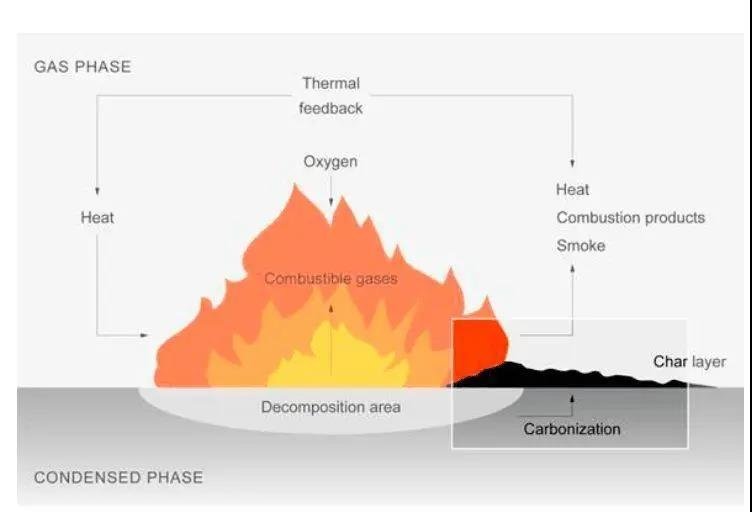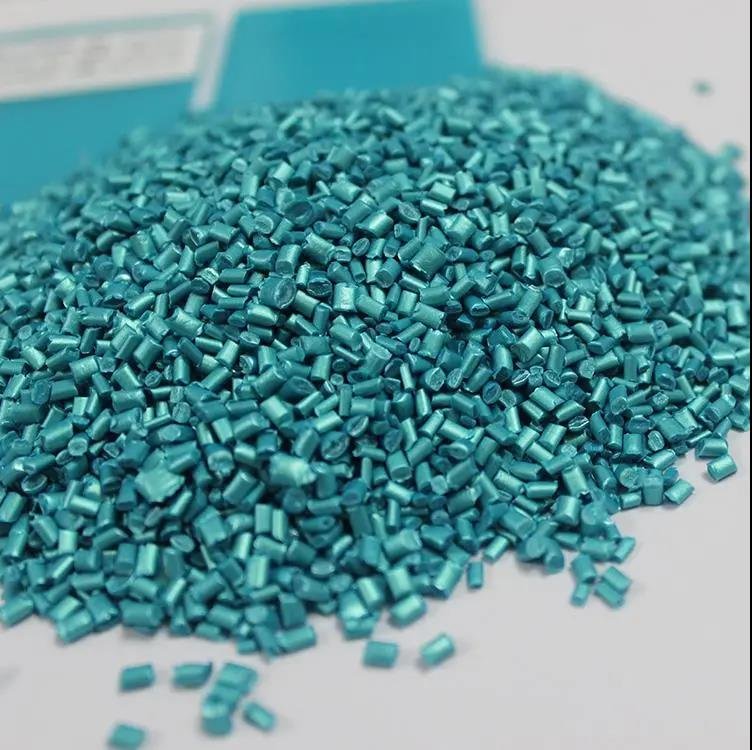The main inorganic flame retardants are aluminum hydroxide and magnesium hydroxide, which have been widely used in the world.
Aluminum hydroxide and magnesium hydroxide are white powder. The thermal decomposition temperature of magnesium hydroxide is 140 ℃ higher than that of aluminum hydroxide, which can make the synthetic material with magnesium hydroxide bear higher processing temperature, accelerate extrusion speed, shorten molding time and improve flame retardant efficiency. Magnesium hydroxide has fine particle size and little wear on the equipment, which is conducive to extending the service life of the processing equipment.

Because magnesium hydroxide has many advantages compared with aluminum hydroxide, the proportion of magnesium hydroxide is increasing. Compared with similar inorganic flame retardants, magnesium hydroxide has better smoke suppression effect. Magnesium hydroxide has no harmful substances emission in the process of production, use and waste, and can neutralize the acid and corrosive gases produced in the combustion process.
When aluminum hydroxide and magnesium hydroxide are used alone as flame retardants, their mechanical properties will be seriously affected. Uniform dispersion is the most important problem in processing engineering. It is the first task before using magnesium hydroxide to select the surface modifier with excellent performance and modify the surface of magnesium hydroxide. The purpose is to improve the surface activity, dispersion, flame retardancy, compatibility with polymer materials, impact resistance and thermal properties of the particles.




